ZOOM Fabergé Eggs - Peter the Great Egg
1903 Easter gift to Alexandra, workmaster Michael Perchin
Peter the Great Egg (1903)
Materials –
Egg: varicolored gold, platinum, translucent yellow, and opaque white enamel, square-cut rubies, rose-cut diamonds, rock crystal, watercolor on ivory
Miniature statue: bronze, sapphire
Dimensions: Height of egg: 111 mm. (4 3/8 in.)
Diameter of egg: 83 mm. (3 1/4 in.)
Height of miniature: 39 mm. (1 9/16 in.)
Owner: Virginia Museum of Fine Arts, Richmond
This egg celebrates the 200th anniversary of the founding of St. Petersburg by Peter the Great. It is made of red, green, and yellow gold and platinum, is elaborately enriched with a rococo cage work of diamond and ruby set scrolls in the Louis XV style, with shells, foliage, and bulrushes in green gold, set with square-cut rubies. The dates 1703 and 1903 in rose-cut diamonds appear on either side of the lid.
Linked by quatre-couleur gold swags of roses, four miniature paintings formerly thought to have been by the court miniaturist Vasilii Zuiev, but now known to be by B. Byalz, show Peter the Great, the wooden hut that he is traditionally said to have built himself, Nicholas II, and the 1,000-room Winter Palace as it was in 1903. Each of the miniatures is covered by rock crystal. Opaque white enamel ribbons inscribed with relevant historical details encircle the upper and lower portions of this egg.
The inscriptions read:
- The Emperor Peter the Great, born in 1672, founded St. Petersburg in 1703
- The first little house of the Emperor Peter the Great in 1703
- The Emperor Nicholas II, born in 1868, ascended the Throne in 1894
- The Winter Palace of His Imperial Majesty in 1903
As the egg is opened, a mechanism within raises a miniature replica in bronze, on a pedestal of sapphire, of Falconet’s monument on the Neva of Peter the Great on horseback. Catherine the Great had commissioned the monument from French sculptor Étienne Falconet in 1766. It depicts Peter charging up a boulder on horseback, his right hand extended in blessing, and his horse trampling the serpent of evil. The tiny, removable bronze model by Georgii Malychev, is surrounded by a carved gold railing, which is itself encircled by chains and posts pinned to an engraved gold pavement within a raised gold bezel in the form of a wall. A similar miniature replica in varicolored gold on a pedestal of emerald is in the Hillwood Museum and Gardens, Washington, DC.
In 1933 the egg was unclaimed at U.S. Customs, and subsequently purchased by Alexander Schaffer of A La Vieille Russie, New York, after paying import duty of $1,000–1,500.

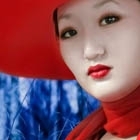



 Imperial Bedroom
Imperial Bedroom Portrait Hall
Portrait Hall Mauve Room
Mauve Room Maple Room
Maple Room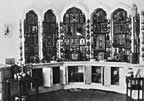 Aleksey's Bedroom
Aleksey's Bedroom Nicholas's Study
Nicholas's Study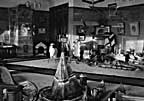 Aleksey's Playroom
Aleksey's Playroom Formal Reception
Formal Reception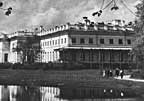 Balcony View
Balcony View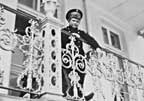 Aleksey- Balcony
Aleksey- Balcony Children-Mauve
Children-Mauve Nicholas's Bathroom
Nicholas's Bathroom Alexandra- Mauve
Alexandra- Mauve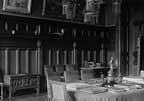 Nicholas's Reception
Nicholas's Reception Tsarskoe Selo Map
Tsarskoe Selo Map